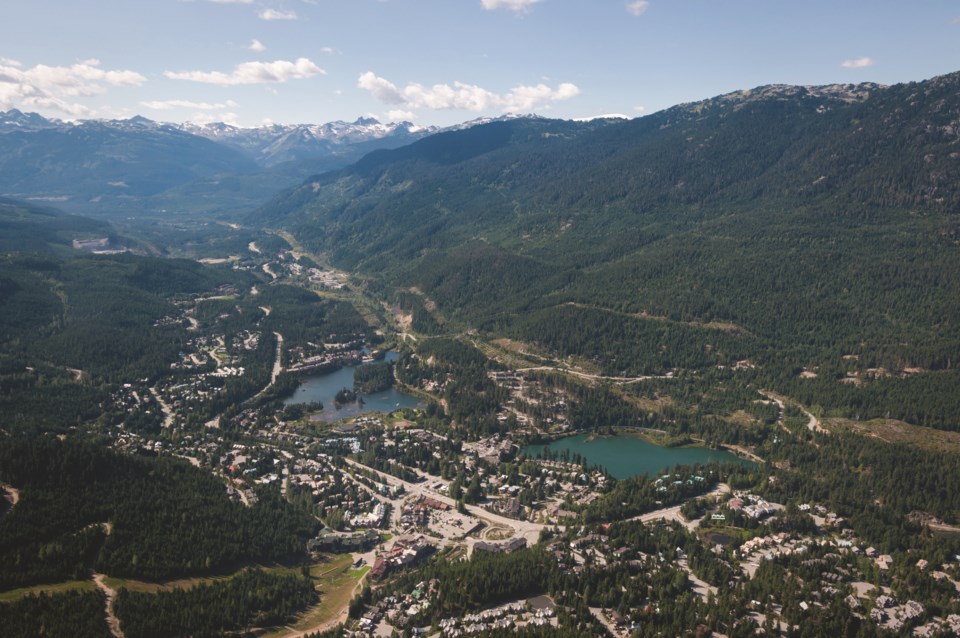Both the federal and provincial governments have heard the dire message from tourism operators loud and clear, and responded in their annual budgeting—but the wildcards still surrounding COVID-19 mean the path to tourism recovery is a twisted one.
There is lots to like in B.C.’s 2021 provincial budget, according to the Tourism Industry Association of BC (TIABC), including: $195 million to continue the Small & Medium-sized Business Recovery Grant Program; $100 million to support tourism recovery including help for major anchor attractions; $20 million for community destination development grants to help with new tourism infrastructure like trails and airport improvements; $83 million (over three years) for BC Parks; and $6 million in capital improvement grants for the Arts Infrastructure Program.
But when you consider that tourism went from a $22.5-billion industry pre-pandemic down to under $7 billion—all from the pockets of operators—“there is probably no amount that will really be able to make up for the shortfall in revenue,” said TIABC’s CEO Walt Judas.
“Many businesses have already folded shop, more are on the brink, and some will determine whether they can make it on the support that’s being offered at the federal or provincial level,” Judas said, adding that what’s in the budget (along with a further announcement on April 26 of an additional $75 million for the Circuit Breaker Relief Grant) is “welcome and helpful.”
But the travel restrictions now in place until at least the end of the May long weekend will continue to handcuff operators, and specifically operations focused on transportation, like tour bus companies or float plane operators.
“Then there is a whole list of still smaller operators—in some cases they’re sole proprietorships, they have contract employees only, they rely almost exclusively on international business—that can generate anywhere from [$1,000] to a few hundred thousand or more annually in revenue, but they really haven’t seen anything for 12 to 16 months,” Judas said.
“They’ve been able to access the odd program, including the recovery grant, but again, it’s not nearly enough to sustain them over the course of a year or more.”
The federal budget earmarks $1 billion over three years to support tourism’s recovery, including $400 million for festivals ($200 million each for major and community festivals); $100 million for Destination Canada to market to Canadians; and a $500-million Tourism Relief Fund.
There’s also $82.5 million this year to support major Canadian airports with COVID-19 testing infrastructure; $105.3 million over five years to advance touchless technologies and secure air travel, and $6.7 million for sanitization equipment.
Judas also highlighted the extension of the federal wage and rent subsidies into September.
“We’ll likely need that through to the end of the year … but just the mere fact that they extended it [shows that] they recognize the need for that program to continue,” he said.
The budget supports have not gone unnoticed at the local level, either.
“I think both governments recognize that the tourism industry has been one of the first hit, one of the hardest hit, and will be one of the last to recover,” said Barrett Fisher, president and CEO of Tourism Whistler.
“There was really, I think, a wide range of important commitments to investments for the tourism industry.”
That said, there remain many unknowns in terms of the finer details, like in the federal government’s $500-million Tourism Relief Fund, or the province’s $195-million for recovery grants, Fisher added.
“How that gets rolled out, and the details of that, are still to be determined,” she said.
The good news is that both budgets recognize tourism’s short-term recovery as critically important, and “I think with the rollout of the vaccines there is room for optimism,” Fisher said.
But the COVID-19 wildcards make the overall picture of recovery murky.
Certain sectors (like conference business) will be more sluggish bouncing back; likewise with some key markets, due to the varying vaccination rates of different countries.
“For example … markets like the U.K., they’re very resilient, they’re very buoyant, they’ve got a strong vaccination program in place, and our in-market intel is saying that there is interest to return to travel there; there is pent-up demand,” Fisher said.
“But then we look at other markets that maybe are a little slower in their vaccination program, or maybe a little bit more conservative from a travel perspective, so I think we’re going to see really a mix of different sectors, as well as different geographic markets—and yes, for full recovery, this is going to take several years.”
Though all signs point to another busy summer in Whistler as people desperate to get outdoors flock to open spaces, where the overall tourism industry finds itself at the end of 2021 depends on a wide range of factors.
If travel restrictions are lifted after the May long weekend, as TIABC expects them to be, this summer will look much like last summer, Judas said, adding that, as the vaccination rollout continues, it’s possible international travel starts to return in the fall.
“It’s not as though we’re going to have hundreds of thousands of people visiting starting the day the borders reopen, but that will be positive as well,” Judas said, noting that international guests tend to stay longer and spend more money, which might be the key to salvaging the fall and winter seasons.
But that’s just one more wildcard the industry is contending with this year.
“There is no guarantee [that international travel will return in the fall], so if that doesn’t happen, we will have as difficult a year as we did last year,” Judas said.
“For some it might be worse, for others it could be slightly better. It’s really difficult to predict.”






.jpg;w=120;h=80;mode=crop)